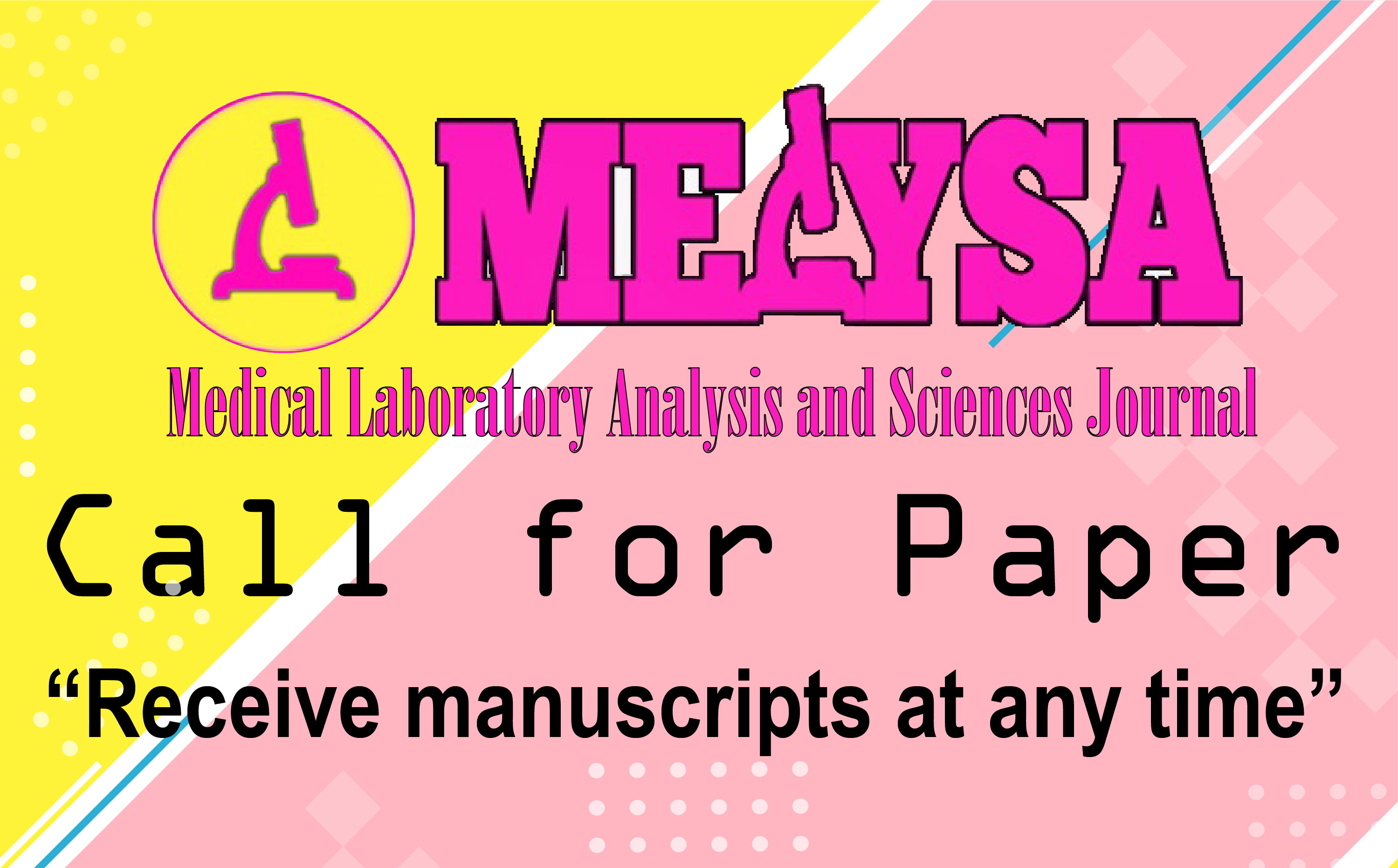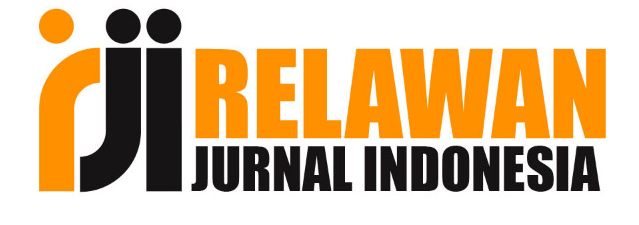Identification of formalin and borax on tuna in Ngemplak market Tulungagung regency
DOI:
https://doi.org/10.35584/melysa.v1i1.15Keywords:
Formalin, Borax, Colourimetry, Curcumin PaperAbstract
Misuse of formalin and borax is still common, including processing and preserving fish. Therefore, this study aims to identify the presence of formalin and borax in tuna on the market Ngemplak, Tulungagung regency. The samples used in this study were fresh tuna in the Ngemplak market originating from the beaches of Prigi, Sine, Tambakrejo, Popoh and Sidem. The samples were tested qualitatively using the colorimetric method by Schryver reagent for formalin and curcumin paper for borax. The results obtained in this study, from the five tuna samples not detected contained formalin and borax which were marked by no change in color in the test. Tuna sold in the Ngemplak market Tulungagung regency negatively contains formalin and borax, making it safe for consumption. It is hoped that the relevant office will carry out routine checks on the misuse of food additives, especially preservatives circulating in the community and the public should always be careful in choosing safe food.
Downloads
References
Hadini, F. M. (2017). Detection System Milkfish Formalin Android-Based Method Based on Image Eye Using Naive Bayes Classifier. Matics, 9(1), 44. DOI: https://doi.org/10.18860/mat.v9i1.4054
Wijayanti, N. S., & Lukitasari, M. (2018). Analisis Kandungan Formalin Dan Uji Organoleptik Ikan Asin Yang Beredar Di Pasar Besar Madiun. Florea : Jurnal Biologi Dan Pembelajarannya, 3(1), 59. DOI: https://doi.org/10.25273/florea.v3i1.789
GO, G., & OA, S. (2018). Fish Processing and Preservation Techniques Selected Fishing Communities along the Upper Benue River, Taraba State. Poultry, Fisheries & Wildlife Sciences, 05(02), 2–5. DOI: https://doi.org/10.4172/2375-446x.1000184
Dawson, P., Al-Jeddawi, W., & Remington, N. (2018). Effect of Freezing on the Shelf Life of Salmon. International Journal of Food Science, 2018, 1–12. DOI: https://doi.org/10.1155/2018/1686121
Permenkes RI. (2012). Tentang Bahan Tambahan Pangan, Permenkes RI No. 033 tahun 2012, Jakarta. http://farmalkes.kemkes.go.id/?wpdmact=process&did=OTIuaG90bGluaw
Badan Pengawas Obat dan Makanan Republik Indonesia (BPOM RI). (2010). Informasi Makanan yang Mengandung zat Berbahaya. Jakarta: BPOM RI, KOPER POM dan CV Sagung Seto.
Uddin, R., Wahid, M. I., Jesmeen, T., Huda, N. H., & Sutradhar, K. B. (2011). Detection of formalin in fish samples collected from Dhaka city, Bangladesh. Stamford Journal of Pharmaceutical Sciences, 4(1), 49–52. DOI: https://doi.org/10.3329/sjps.v4i1.8866
Bianchi, F., Careri, M., Musci, M., & Mangia, A. (2007). Fish and food safety: Determination of formaldehyde in 12 fish species by SPME extraction and GC-MS analysis. Food Chemistry, 100(3), 1049–1053. DOI: https://doi.org/10.1016/j.foodchem.2005.09.089
Habibah, T. P. Z. (2013). Identifikasi Penggunaan Formalin Pada Ikan Asin Dan Faktor Perilaku Penjual Di Pasar Tradisional Kota Semarang. Unnes Journal of Public Health, 2(3), 1–10. DOI: https://doi.org/10.15294/UJPH.V2I3.3031
Girsang, D. Y., Rangga, A., & Susilawati. (2014). Kasus distribusi dan penggunaan formalin dalam pengawetan komoditi ikan laut segar (studi kasus di kota Bandar Lampung). Jurnal Teknologi Dan Industri Hasil Pertanian, 19(3), 218–228. DOI: https://doi.org/10.1186/1475-2875-12-4
Yiu, P. H., See, J., Rajan, A., & Bong, C. F. J. (2008). Boric acid levels in fresh noodles and fish ball. American Journal of Agricultural and Biological Science, 3(2), 476–481. DOI: https://doi.org/10.3844/ajabssp.2008.476.481
Suryadi, H., Kurniadi, M., & Melanie, Y. (2010). Analisis Formalin Dalam Sampel Ikan Dan Udang Segar Dari Pasar Muara Angke. Majalah Ilmu Kefarmasian, VII(3), 16–31. DOI: http://dx.doi.org/10.7454/psr.v7i3.3458
Norliana, S., Abdulamir, A. S., Bakar, F. A. and, & Salleh, A. B. (2009). The Health Risk of Formaldehyde to Human Beings. American Journal of Pharmacology and Toxicology, 4(3), 98–106. DOI: http://dx.doi.org/10.3844/ajptsp.2009.98.106
Sanyal, S., Sinha, K., Saha, S., & Banerjee, S. (2017). Formalin in fish trading: an inefficient practice for sustaining fish quality. Archives of Polish Fisheries, 25(1), 43–50. https://doi.org/10.1515/aopf-2017-0005
Hastuti, S. (2010). Analisis kualitatif dan kuantitatif formaldehid pada ikan asin di madura. AGROINTEK, 4(2), 132–137. DOI: http://dx.doi.org/10.21107/agrointek.v4i2.1366
Astuti, E. D., & Nugroho, W. S. (2017). Kemampuan Reagen Curcumax Mendeteksi Boraks dalam Bakso yang Direbus. Jurnal Sain Veteriner, 35(1), 42. DOI: https://doi.org/10.22146/jsv.29289
Das, U. narayan, Jana, P., Dhanabalan, V., & Xavier, K. A. M. (2018). Detection of Formaldehyde Content in Selected Fish from Three Different Retail Markets at Mumbai. International Journal of Current Microbiology and Applied Sciences, 7(11), 2316–2322. DOI: https://doi.org/10.20546/ijcmas.2018.711.261
Google Map. (2017). Aplikasi Google Maps. http://maps.google.com/
Littay, C., Wisudo, S. H., Haluan, J., & Harianto, B. (2017). Pengaruh Perbedaan Metode Pendinginan Dan Waktu Penyimpanan Terhadap Mutu Organoleptik Ikan Cakalang Segar. Jurnal Ilmu Dan Teknologi Kelautan Tropis, 9(2), 717–726. DOI: https://dx.doi.org/10.29244/jitkt.v9i2.19304
Nugroho, T. A., Kiryanto, & Adietya, B. A. (2016). Kajian Eksperimen Penggunaan Media Pendingin Ikan Berupa Es basah dan Ice Pack sebagai Upaya Peningkatan Performance Tempat Penyimpanan Ikan Hasil Tangkapan Nelayan. Jurnal Teknik Perkapalan, 4(4), 889-898 https://ejournal3.undip.ac.id/index.php/naval/article/download/14800/14320
Downloads
Published
Issue
Section
License
Authors retain copyright and grant the journal right of first publication with the work simultaneously licensed under a Creative Commons Attribution-ShareAlike 4.0 International License that allows others to share the work with an acknowledgment of the work's authorship and initial publication in this journal.















